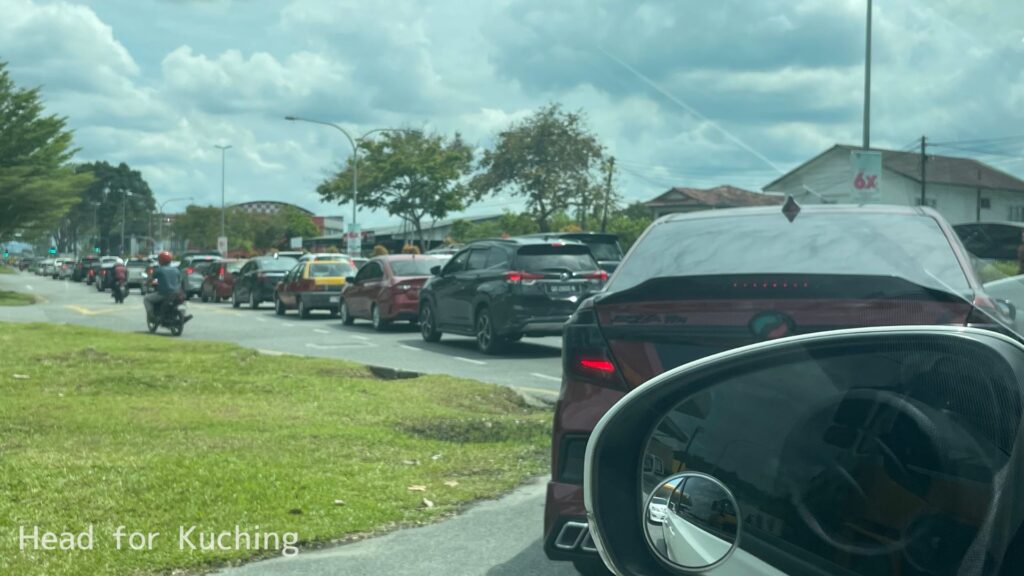
Welcome to the Head for Kuching website! We are a family of three aiming to relocate to Kuching, the capital of Sarawak state in East Malaysia on the island of Borneo.
When it comes to public transportation, unlike Kuala Lumpur in West Malaysia where various transportation options are available including trains, Kuching city lacks a railway system, and the primary means of transportation are cars and motorcycles. Consequently, traffic congestion has become a significant issue, and alleviating congestion is an urgent challenge.

However, in addressing this issue, Kuching city is now poised for significant transformation. This comes in the form of introducing the world’s first ‘Smart Tram’ utilizing hydrogen into Kuching’s transportation network.
You can find the anticipated completion CG on Sarawak Metro’s official YouTube channel.
The hydrogen fuel cell Smart Tram in Kuching is set to commence operations from the Blue Line (27.6 km) aiming for opening in 2025, followed by the Red Line (12.3 km) in 2026, and then expanding operations to the Green Line (30 km) by 2027.
While trams are often translated as streetcars, they are more akin to a vehicle between a bus and a train. The Sarawak “Smart Tram” utilizes vehicles known as “Autonomous Rapid Transit” (ART), developed by CRRC, Zhuzhou. It’s anticipated that 38 units will be delivered from China.
Its main feature is its power source: Hydrogen.
Sarawak state actively promotes hydrogen as a clean energy source, and the “Smart Tram” is attracting attention as a next-generation vehicle powered by hydrogen fuel cells. While ARTs operate in other countries, those powered by hydrogen will be a first for Kuching.
It can travel up to 245 kilometers on a single charge.
Other features include:
- Rubber tires instead of traditional steel wheels.
- Sensored navigation on roads.
- Capacity for up to 300 passengers (in a 3-car configuration).
- Maximum speed of 70 kilometers per hour.
Because it doesn’t require tracks like trains, it can be introduced more affordably and quickly. While deployment in countries with snowfall might be challenging due to the road-based sensor system, it’s considered highly compatible in warm countries like Malaysia.
We hope that the transportation infrastructure in Kuching will evolve over the coming years in a manner that is environmentally friendly and enhances the livability of the city.


